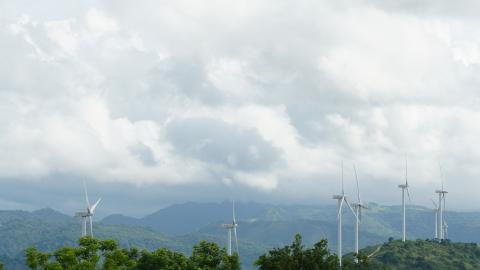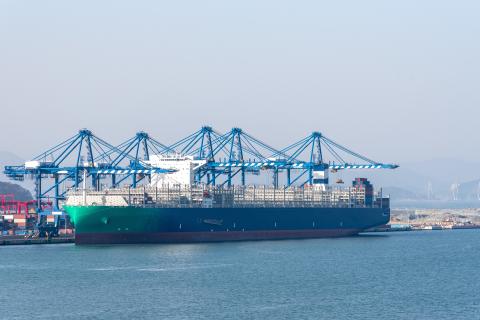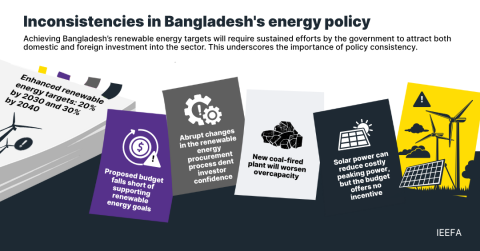IEEFA Op-Ed: Keystone XL Is Still a Stinker
Despite project approval this week by a Nebraska commission, TransCanada faces steep market hurdles in its proposed buildout of the Keystone XL Pipeline.
Keystone is the final phase of an oil transport system that would link producers in Canada and North Dakota with refiners and export terminals on the Gulf Coast. President Obama, citing environmental reviews, opposed the project, given its route through the Sandhills ecosystem in Nebraska.
A pipeline project, having cleared its latest regulatory hurdle, is a long way from being a done deal.
This week the Nebraska Public Service Commission voted 3-2 in favor of allowing Keystone to proceed. But the decision also makes completion more difficult. The commission declined to approve the route the company requested, opting in favor of one that the company has warned is more problematic. This means TransCanada will now need to secure more land from more landowners, which is rarely an easy process. Even on the route the company wanted, more than a third of affected land owners had refused to sign leases.
The arguments against Keystone are legion. The oil industry is in trouble, generally speaking, as competition from cheap shale gas and renewables continues to rise. The pipeline would be supplied mostly by oil-sand reserves in Canada, which are very expensive to unlock, and deeply vulnerable to oil prices, notorious for their volatility and not likely to soar anytime soon. The project brings environmental and public-health risks.
Over the past year or so, ExxonMobil, ConocoPhillips, Royal Dutch Shell, BP, Chevron and Norway’s Statoil have either sold or written down tar sands investments. While oil prices have rebounded considerably from their slump of a year or two ago and are now in the range of $60 per barrel, they are far short of the $80 per-barrel price required to make oil-sands production profitable.
All politics aside, the Keystone XL is a poor investment whose development would put employees, small businesses, local governments and whole communities at risk — not just environmentally, but economically and financially as well. While oil-production companies can always file conveniently for bankruptcy, those left in the wake of an abandoned project cannot so readily shake off the consequences.
Regardless, opponents will keep fighting Keystone XL, helped no doubt in their resistance by the unfortunate fact that just last week, the original section of the Keystone Pipeline — similar in design to the Keystone XL extension — leaked 210,000 gallons of tar sands oil onto a South Dakota field.
Keystone XL, having cleared its latest regulatory bar, is a long way from being a done deal.
More delays stemming from litigation, divestment campaigns, and civil disobedience are likely. They stand to make Keystone XL a cause célèbre in the tradition of the long-postponed Dakota Access Pipeline. Such delays will only further undermine the project’s economic viability.
Far better investment opportunities — and less risk — lie in things Americans need and want: Affordable healthcare, better roads, greater access to education and cleaner energy.
Karl Cates is IEEFA’s editor. This column first appeared on TheHill.com.
RELATED ITEMS:
IEEFA Op-Ed: Investors Should Steer Clear of the Keystone Pipeline
IEEFA Analysis: The Economic Frailties and Rickety Finances Behind the Dakota Access Pipeline
IEEFA Update: Norway Shows What to Do With Fading Oil and Gas Holdings














